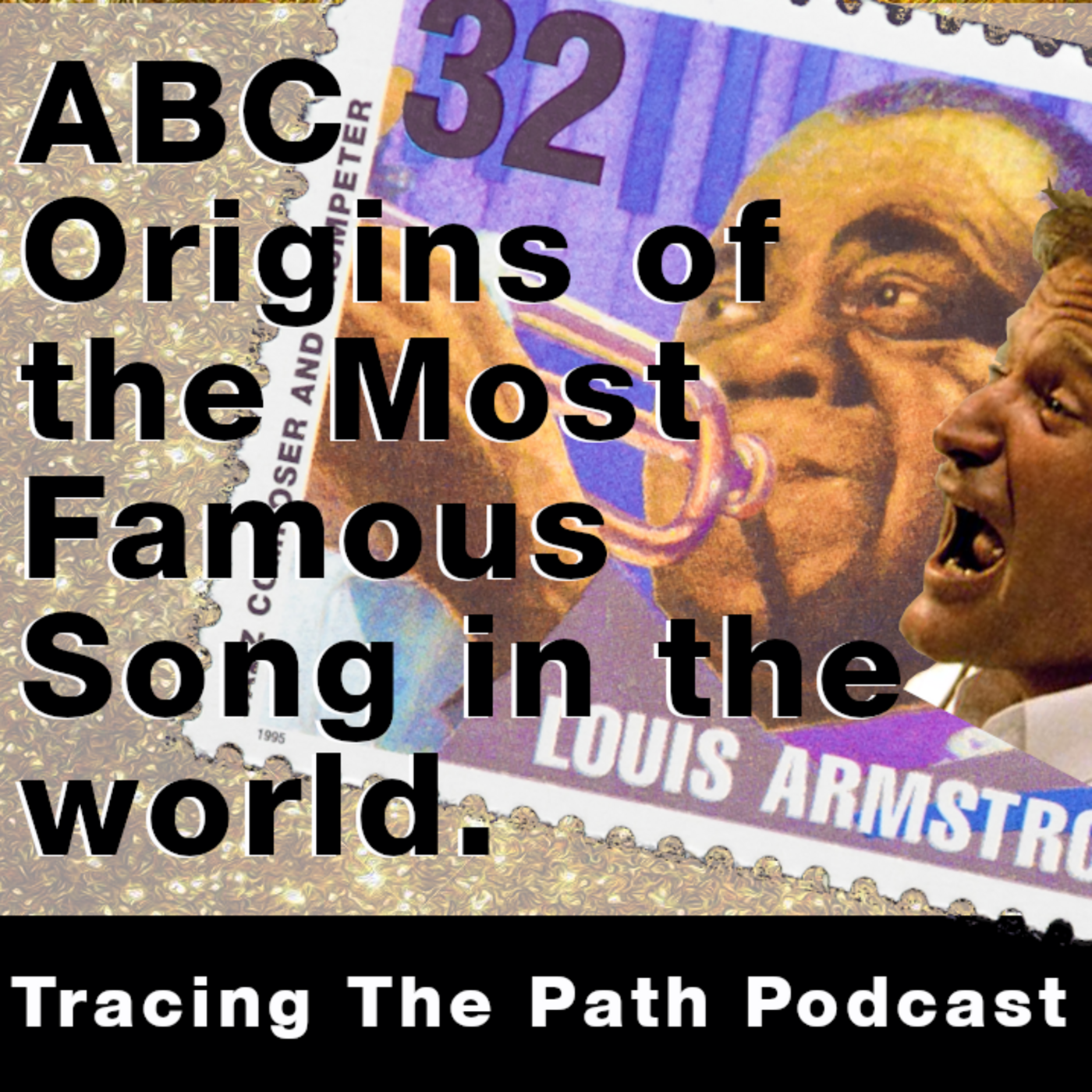
ABCs of the Most Famous Song in the World
This episode explores the surprising and intertwined history of the melody known as “A vu d’Irais je m’amau,” which forms the foundation of beloved children’s songs like “Twinkle Twinkle Little Star,” “Baa, Baa, Black Sheep,” and “The ABC Song.”
Beginning with its earliest known appearance in 1740 France, the source highlights how this simple tune achieved global recognition through its adoption by classical composers like Mozart and Bach’s son, before being adapted into various folk, Christmas, and ultimately, children’s songs across continents. The narrative then traces the independent lyrical origins of “Baa, Baa, Black Sheep” and “Twinkle Twinkle Little Star” and their eventual pairing with this pervasive melody. Finally, it reveals how the melody’s immense popularity led to its use in the “ABC Song,” which in turn influenced the adoption of Noah Webster’s Americanized pronunciation of “Z” and later inspired literary references in works by Lewis Carroll and Rudyard Kipling, culminating in its role in the hit song “What a Wonderful World.”
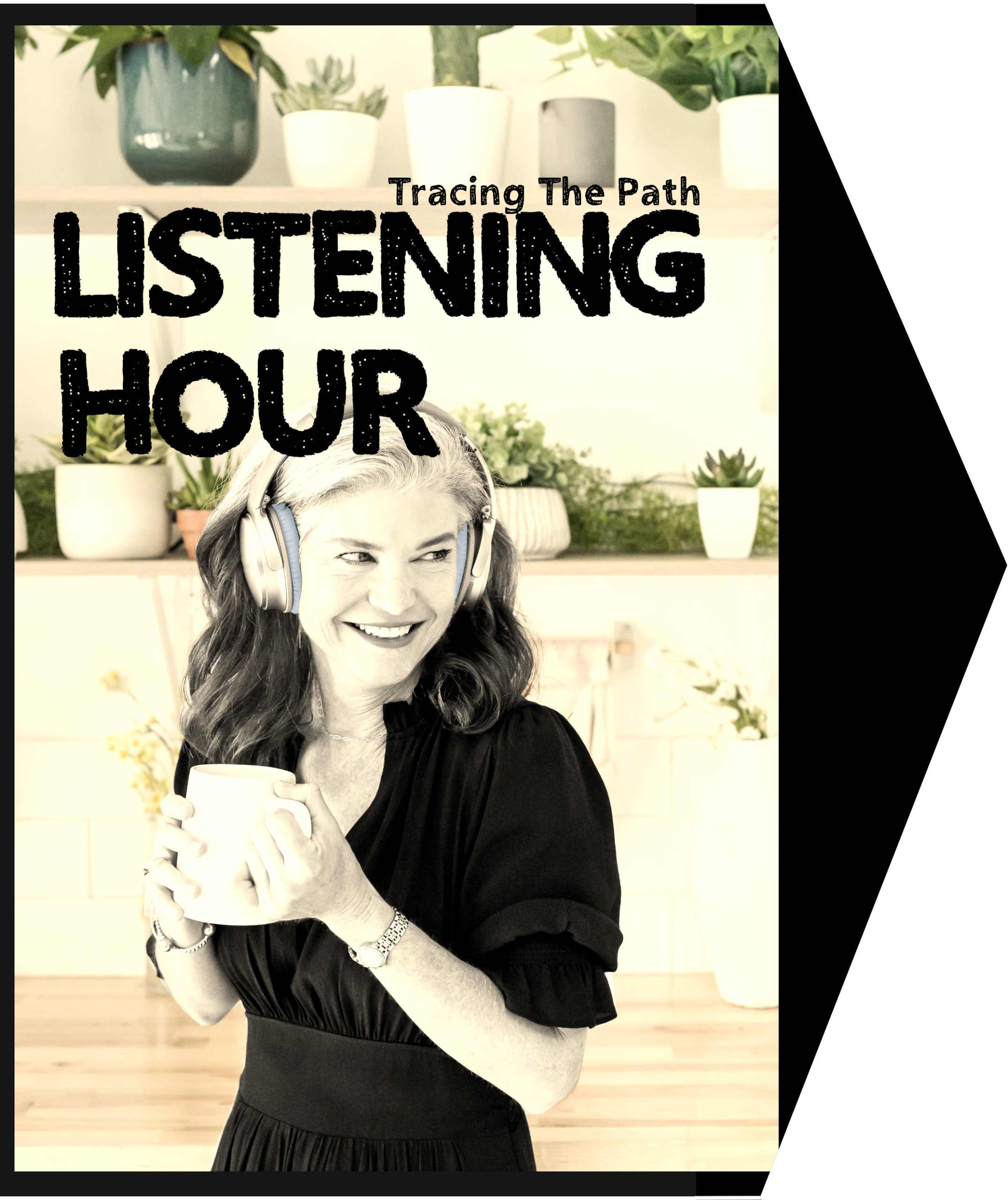
Audio Hour:
If you run an activity group, classroom or “audio book club”, click here for more information on using Tracing The Path.
Throughout the episodes, every tune is somehow related to the topic. In the Twinkies episode, for instance, the discussion of the Brooklyn Tip-Tops Baseball team concludes with “Take Me Out To the Ballgame”.
How many do you recognize? And harder, how many can you name?

ABC’s of the Most Famous Song in the World
Ever get a tune stuck in your head and it just won’t go away? Well, the Earth has had a tune stud in its head for over 700 years. And after you hear the story, you’ll hope it’s 700 more.
Music Music. Music. There are very few songs or melodies that are known around the world by pretty much everyone. The tune to Happy Birthday is sung in every corner of the globe. It’s not many that have this kind of notoriety. But today, we’re looking at a song not only known the world wide, but also popular as a folk song, a pop song, a classical song, and a children’s song.
The Lion Sleeps Tonight
We begin in 1961, when the Julliard trained George David Weiss was brought in to help turn an 1939 African Zulu song into a pop hit. And that’s exactly what he did.
In less than a year, The Lion Sleeps Tonight, was written, recorded by the Tokens, and hit #1 on the Billboard Charts in December. And then stayed there for three weeks. That wasn’t George’s first hit, however. He had a proven record already. His first success was writing the lyrics to Ella Fitzgerald’s second biggest hit, Lullaby of Birdland. That’s what made George a wanted man.
Eight years later, musician Bob Theale had the idea of turning a popular children’s song into a pop hit. Who did he turn to? None other than George David Weiss. Not only was the song they were about to record a hit, but in 1999 it was inducted into the Grammy Hall of Fame.
But perhaps we first need to look at the history of the tune itself. Like some of the world’s greatest mysteries, the exact year and author of the original tune are completely unknown. But we know the earliest record is from 1740.
“Ah! vous dirai-je, maman“
Then it was known by its French name, “Ah! vous dirai-je, maman“. It was a simple children’s song whose silly lyrics said, “Hey, mom. Daddy wants me to grow up, but I’d rather just have a sweet treat.”
The tune and lyrics were first printed in 1774, long after it was popular, Mozart also liked it. In 1781, he wrote and recorded an entire piece titled “12 Variations of Ah! vous dirai-je, maman.” And fellow classical musician Joseph Hayden included the tune in his Symphony No. 94 in 1791.
Johann Sebastian Bach’s son composed a variation in G major in 1880. And in 1886, Camille Saint-seans featured it in his famous classical composition “Carnival of the Animals”. And that’s just the most famous inclusions.
The opera, Le Toréador included the “Ah! vous dirai-je, maman” melody in its works. By 1886, not only has it been used in classical songs, but it had been turned into Christmas songs in Germany, Hungary, the Netherlands, Spain, Greece and Turkey.
At this point, it is the most famous melody in the world, and that doesn’t even consider its popularity as a children’s song.
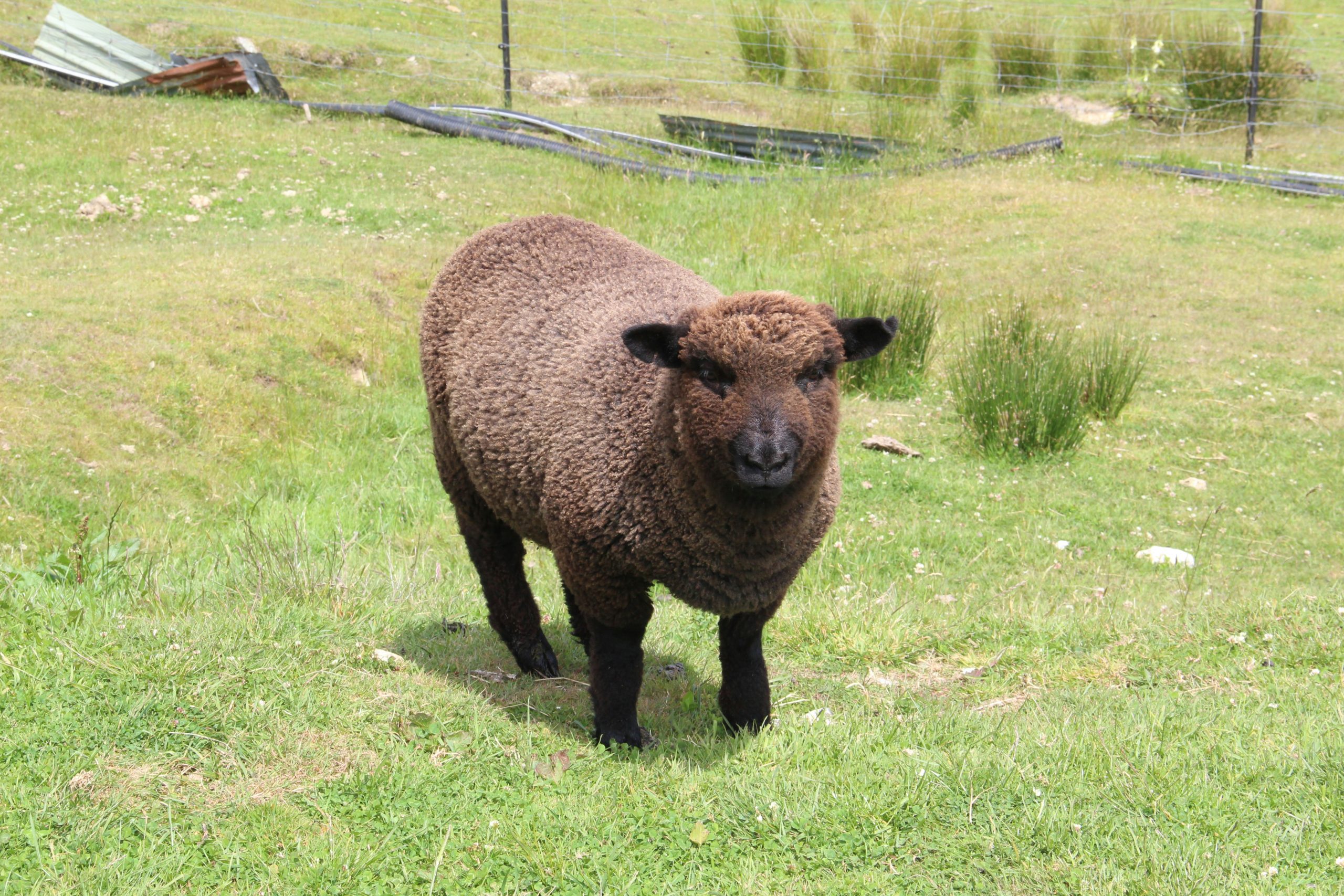
Bah Bah Black Sheep
The origin of that takes us all the way back to 1252. Back then Edward I was the King of England and was presiding over a pretty wealthy period. Wool was in high demand, all over Europe, and England was exporting it. The wool trade became the backbone of the English economy. To make extra money, Edward I exacted a 5 cent tax on wool on top of the already existing taxes. Five cents wasn’t much, but it did affect the shepherds tending the flocks, and the stable boys cleaning the stalls.
So it didn’t take long for someone to voice their disdain in words. A poem was written that basically said everyone is getting wealthy but us and a went like this:
Bah-bah-black sheep, have you any wool?
Yes, old mate. I have three bags full.
Two for my master, one for my dame,
and none for the little boy that cries in the lane.
That’s not the quite the version you probably know. But that’s the first known printed version of the poem, in a book called Tommy Thumb’s Pretty Songbook.
A bit sad for a children’s poem, the folks at Mother Goose decided to change it a bit before publishing it in their book in 1765. They changed the last lines. Perhaps this is the version you know.
One for my master, one for my dame,
and one for the little boy who lives down the lane.
And then for a hundred and ten years, Bah Bah Black Sheep remained a children’s rhyme. That is, until a man in Philadelphia had an idea.
A.H. Rosewig
In 1879, a Catholic priest who owned a publishing house decided to print a new book of nursery rhymes for his church choir to sing. A.H. Rosewig was a music man at heart, but probably didn’t realize that his project would not only be well accepted, it would stand the test of time.
One of the poems he gathered was an old English poem titled “My Fair Lady.” He broke down the rhythm of the poem and paired it with a 17th century tune called the “Dancing Master” that had the same rhythm. And he included it in the book with a new title, one that you know as “London Bridge is Falling Down”.
He also added music to an obscure poem called “A Letter to My Love” and retitled that, “A Tisket a Tasket”. And that book also included music added to the poem, “Ring Around the Mulberry Bush.”
And finally, he wanted to turn “Bah Bah Black Sheep” into a song. Again, he broke down the rhythm and found the perfect song. The one Mozart had written variations of. He paired the poem “Bah-Bah-Bah” Black Sheep, with the famous French song “”Ah! vous dirai-je, maman“.
And now you know the most famous melody in the world that we’ve been talking about. Just sing “Bah-Bah-Bah” Black Sheep in your head. But there’s probably a version of the song, you know better.
Back across the Atlantic Ocean to Europe and Lavenham, England, lived the Taylor family in 1783. Jane and Anne were the daughters who grew up avid readers. By the time they were in their teens, they were even writing their own stories and poems. And before they were 21, they had written three books. Their third book was a poetry book called “Rimes for the Nursery” and included their most famous work, a poem called “The Star, written by Jane Taylor.
Their book was an immediate hit and sold almost as many copies as the other famous book at the time, Robinson Caruso. In England, it sold 40,000 copies in its first year alone.
One of the people who bought the book was Edward Hickson of Smithfield, near London. Edward and his wife had a three-year-old boy at the time and read the stories and poems to him. Little William would grow up to be a writer himself. In fact, he helped pen the lyrics to the British National Anthem, God Save the Queen.
In 1836, William would publish his own book called The Singing Master, a collection of new songs. And in it are two songs of importance. The first one was called “Perseverance or Try Again”. From it, you probably know its most famous line:
“If at first you don’t succeed, try and try again.”

Twinkle Twinkle
And the second is a song he created from his childhood. “The star”, the poem by Jane Taylor, was his favorite poem. Jane Taylor had died twelve years previous, so there was no one to ask permission to use her poem in a song.
So breaking down the rhythm of the poem, he too found the perfect melody to pair with it. The famous French tune, “Ah! vous dirai-je, maman“. He titled the new song, “Twinkle Twinkle Little Star.”
When you hum it, do you hear “Bah Bah Black Sheep?” He did not that “Ah! vous dirai-je, maman” was also being used for another song at the same time back in the United States.
Mary Had a Little Lamb
In Boston in 1830, America was a relatively young country. The American language was still taking shape. America’s churches were going through the second great awakening. Western expansionists were using the Oregon Trail and daily life was taking shape.
In Massachusetts, Lowell Mason, the choir master and organists from Park Street Church, began his life of influence. Mason would become the music director of three churches, president of the Handel and Hayden Society, and he would co-found the Boston Academy of Music. As a composer, he wrote over 1600 hymns, many of which are still sung today, but is most commonly considered the man who made music a studied subject in public schools.
To encourage schools to include music as a subject, he wrote a book of children’s songs, called “Juvenile Lyre, Or, Hymns and Songs, Religious, Moral and Cheerful, Set to Appropriate Music, For the use of Primary and Common Schools.” Yep, that’s the title.
And he wrote a book from music teachers called “The Manual of the Boston Academy of Music,” that was used by teachers far and wide. The only criticism he faced was his allegiance to European classical composers and their music standards. In his manual for teachers, he all but guaranteed, children would learn European classical composers and their music standards.
Even in his “Juvenile Lyre” book, the nursery rhymes were influenced by classical music.
In one instance, he’d come across a local poem written by Sarah Joseph Hale about a true event happening in a Boston school. He paired that with a Mozart tune, entitled it “Mary Had a Little Lamb.”
He had now created such a demand for music in schools. The other people near and around him wanted to model his success. Samuel Smith was a theological student and intern for Lowell. He actually wrote some of the verses in the “Juvenile Lyre” book.
Lowell asked him to help create some new tunes. With his strength in lyrics, Samuel Smith just needed to find music. Lowell had studied the education system in Germany and Switzerland and had a bunch of German music. He gave it to Sam to look through. Sam found a patriotic German tune with a wonderful simple melody called “Heil dir im Siegerkranz.” He didn’t know it, but the tune was already being used by Great Britain as their national anthem, “God saved the Queen”.
But he grabbed it, and in one afternoon, penned new lyrics that began”
“My country tis of thee, sweet land of liberty.”
Lowell liked it and included it in an Independence Day celebration for schoolchildren at his Boston Park Street Church in 1831. But Sam wasn’t the only help Lowe was getting. . . Oliver Wendell Holmes wrote some hymns for him. And one of his sheet music publishers saw how lucrative making music for the schools was.
The ABC Song Changed America
Charles Bradley was a respected sheet music publisher in Boston and had been for years. He liked Lowe’s formula of adding lyrics to old songs. He had an idea for a song himself. He just needed music. And through some research, he was reminded of the old French melody, “Ah! vous dirai-je, maman“. He put his song together and titled it “The Schoolmaster.”
Lowell liked it well and had the Salem Glee Club perform it in 1833. The kids in school loved it so much, Charles published it in 1834. You may not recognize the first line of his song, the schoolmaster. It starts:
“Come, come my children, I must see.”
But you definitely know the rest of it, which goes like this: A B C D E F G . . . what song can you think of that starts like that? The Alphabet Song? Aha! And now the pieces are fallen into place!!
It’s the most famous melody in the world because Mozart made it famous, and then it was used by a myriad of classical composers, and then as a children’s song. Bah Bah Black Sheep, Twinkle Twinkle Little Star, and the ABC song, all use “Ah! vous dirai-je, maman” as their melody.
But the ABC song actually changed America.
Seven years prior to it being published in 1828, Noah Webster completed the most comprehensive dictionary to date. His 70,000 word American masterpiece took 25 years to write and decimated the value of his earlier 1806 compendious dictionary.
Noah had to learn 26 languages to write it. He knew this was his chance to make his mark on American culture. Not only were many of the words new to a dictionary, but some had never even been printed yet. In helping to craft American English, he’d changed some words to make them more phonetic, more American.
For instance, he took the U out of words like honor, and color, and catalog. But some of the changes actually didn’t get adopted by the American Society. For instance, he tried changing the word daughter to dawtr and porpoise to porpus, and island to Iland.
And he changed the pronunciation of the letter Z, from zed to Z. In England and most of the other English-speaking places around the globe, the letter Z came from the Greek alphabet Zeta, so most people called it zed when they were saying the alphabet. The only problem was he only sold 2,500 copies. So the “you” and “honor” and “z” to “z” didn’t change overnight. It’s hard to make permanent changes if no one reads them.
But seven years later, when the ABC song came out, school teachers everywhere started singing with their students. And because of that, ZED would never be an American utterance again.
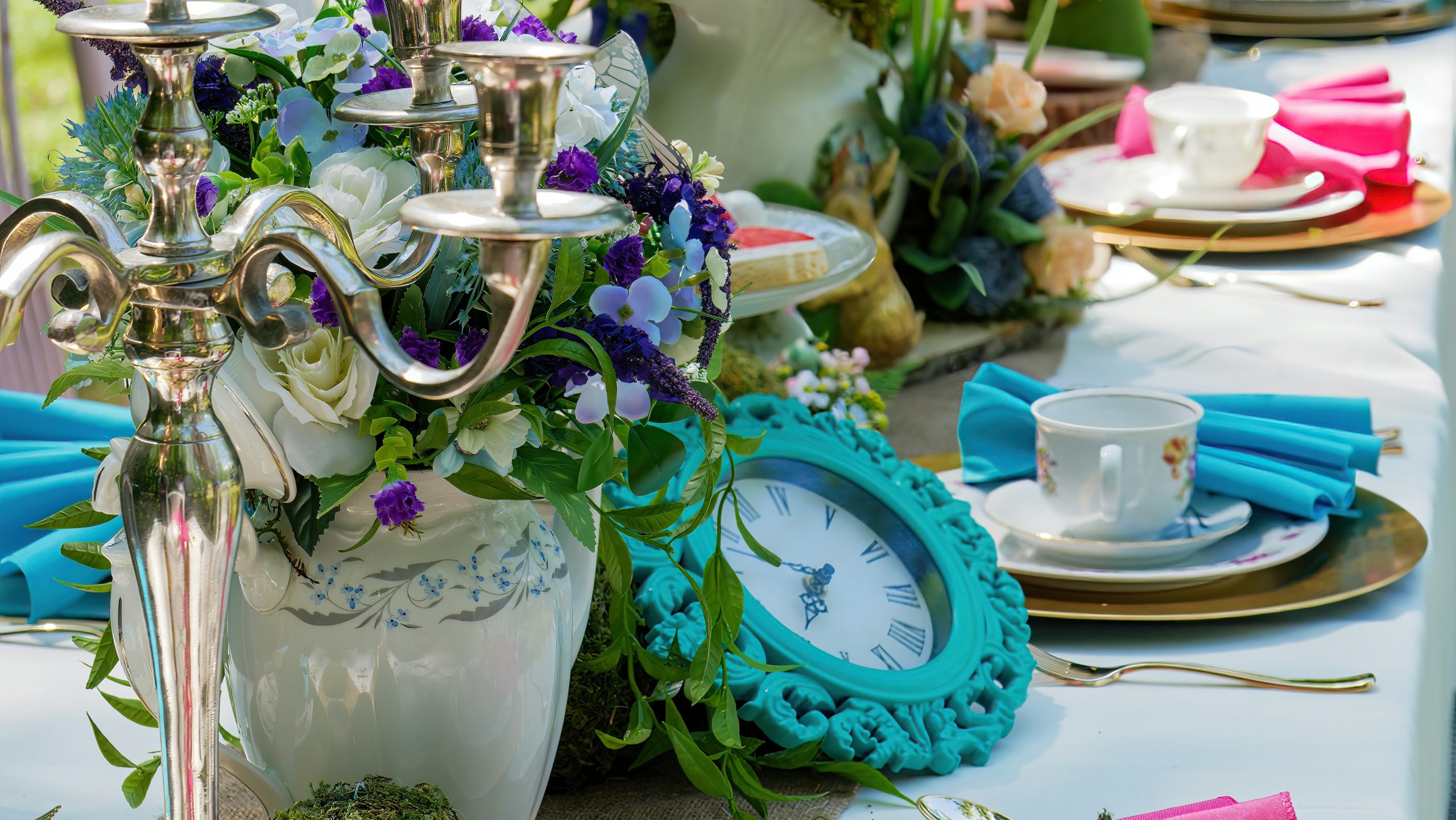
Alice in Wonderland
The songs were beginning to make an impact in other areas as well. They were so famous writers felt comfortable referencing them in their works. Back in Oxford, England, in 1852, the ecclesiastical dean of Christ’s Church was a father of ten, Henry Liddell. He was a fan of music and while at Christ’s Church arranged for the building of a new choir school with classrooms for the kids.
That love of music trickled down to his kids who could be seen singing and playing all the time. Henry asked one of the instructors Charles Dodson if he’d photographed the construction of the new choir building from day to day to keep a permanent record. It was through this day to day contact that Charles Dodson became a close personal friend of the Liddels.
On July 4, 1862, Henry’s daughter Alice asked Charles as they were taking a boat ride down the Thames, if he’d entertain them while floating down the river with a story. Charles regaled them with a fascinating tale about a little girl named Alice who fell into a rabbit hole. The family loved it so much they asked if he would write it down.
A couple of years later he found enough free moments to present the manuscript to Alice, the manuscript of “Alice’s Adventures in Wonderland”. To maintain his privacy and his scholarly name at Oxford, he chose the pen name, Lewis Carroll.
In Chapter 7, Charles included an ode to the constant singing and playing of the Lowell Children, a parody of Alice’s favorite, Twinkle Twinkle Little Star. It went like this:
Twinkle Twinkle Little Bat,
How I wonder where you’re at.
Up above the world so high,
like a tea tray in the sky,
Twinkle Twinkle Little Bat.
And in Lewis Carroll’s follow-up story, Through the Looking Glass, he leaves no doubt that the book is for Alice. The poem “A boat beneath the sunny sky” uses each letter of Alice’s name as the first letter of each stanza. And in that poem he references “Row Row Row, Your Boat,” and then later in the book, Ring Around the Mulberry Bush.
But Lewis Carroll was not alone in putting nursery rhymes into their writing. Rudyard Kipling wrote a short story titled “Bob-O-Bob Black Sheep” in 1888, based on the poem itself.
What A Wonderful World
That brings me back to 1967 in the beginning of our story.
George David Weiss had a hand in “The Lion Sleeps Tonight” and “Lullaby of Birdland”. And now he was being asked by Bob Field, if he’d helped turn the most famous melody in the world, “Ah! vous dirai-je, maman” into an internationally famous pop song.
When George arrived, Bob told him he wanted to publish an upbeat song about the goodness of the world. With the civil rights movement and the war in Vietnam dominating the headlines, he wanted to write an international song of healing.
Together, they rearranged the melody and gave it a pop song feel. Then George added the words”
I see trees of green, red roses too.
I see them blue before me and you,
and I think to myself, what a wonderful world.
They asked Louis Armstrong if he’d record it, and he did, and while it did okay, it didn’t make the pop charts. It wasn’t until 1987 that the song became a hit.
It was featured in the movie Good Morning Vietnam, a story about the Vietnam War that needed an upbeat healing song. The song reached number 32 on the pop charts, and in 1999 it was inducted into the Grammy Hall of Fame.
If you listen to the podcast episode, we have a musical sample of “Twinkle Twinkle Little Star” and “What a Wonderful World” together so you can actually hear they are the same song.
CUTTING ROOM FLOOR
To hear all the stories that hit the cutting room floor, you have to listen to the episode.
ABOUT THE SHOW
Let us tell you the story of the 20th Century, by tracing each event back to the original decisions that shaped it. You’ll quickly find out that everybody and everything is connected. If you thought you understood the 20th Century, you’re in for a treat.
Tracing the Path is inspired by storytellers like Paul Harvey, Charles Kuralt, and Andy Rooney.
INTERCONNECTED EPISODES
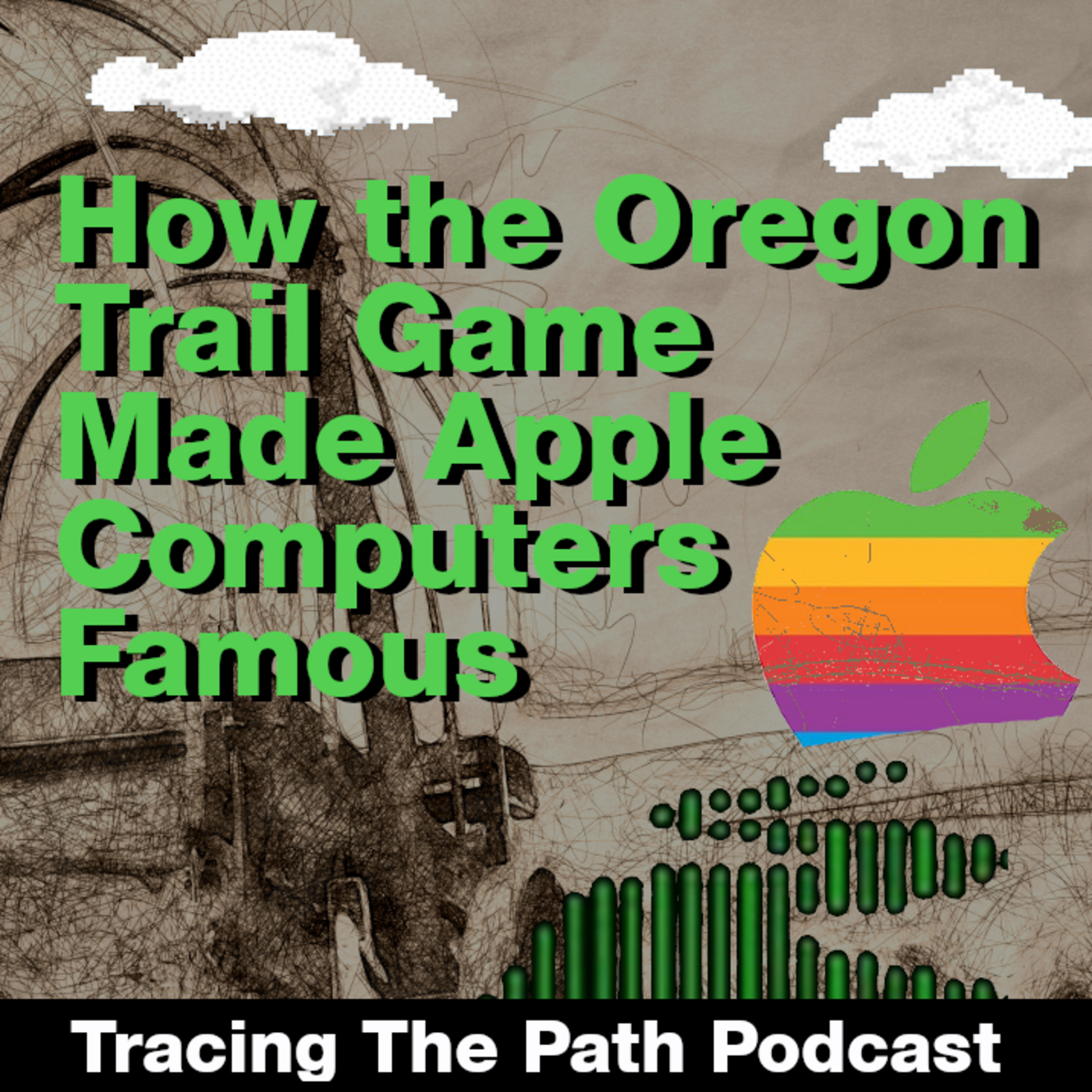 |
How the Oregon Trail Game Made Apple Famous Was it the Apple IIc that made Oregon Trail famous? Or the other way around? |
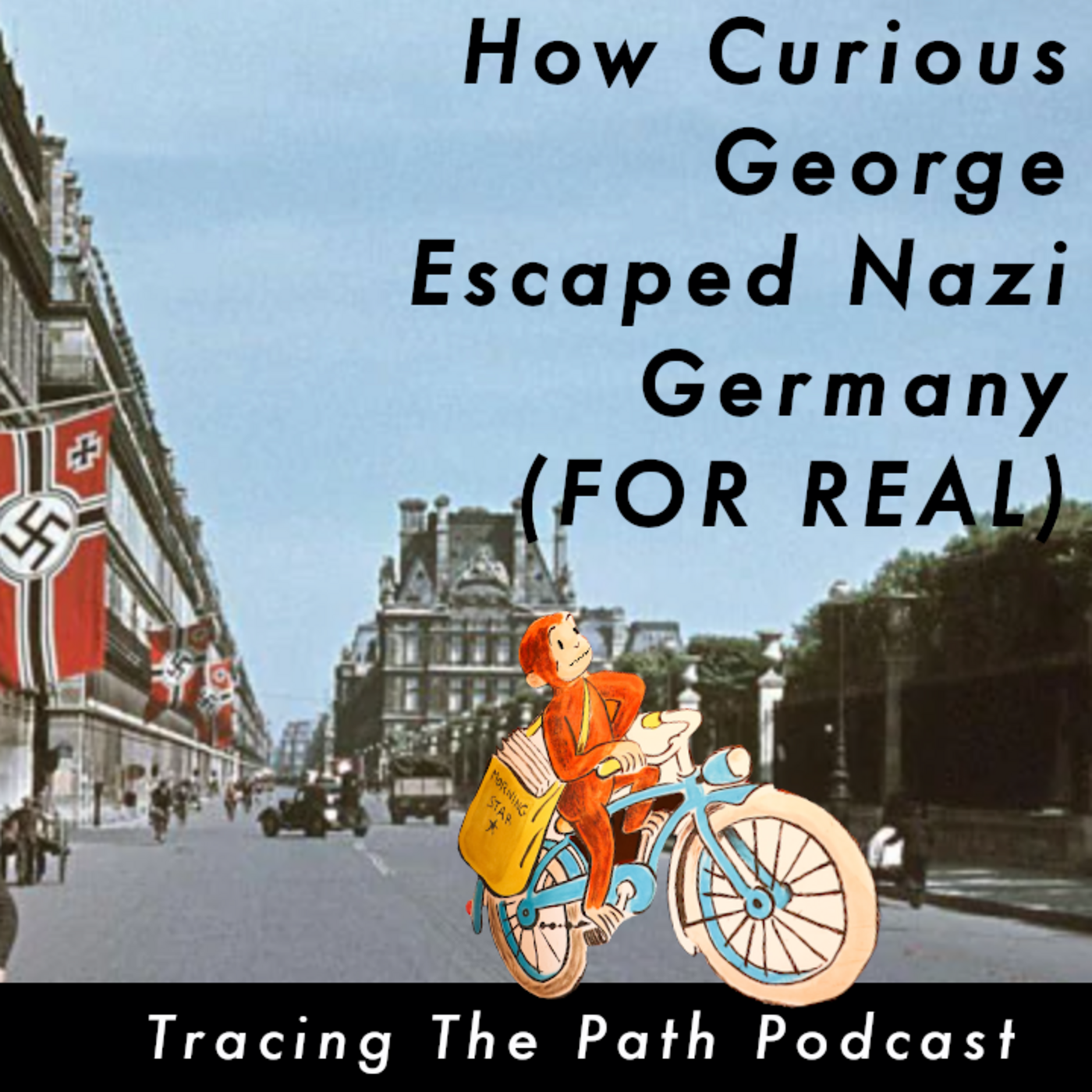 |
How Curious George Escaped Nazi German The Story of Margaret and H.A. Rey is fascinating. |
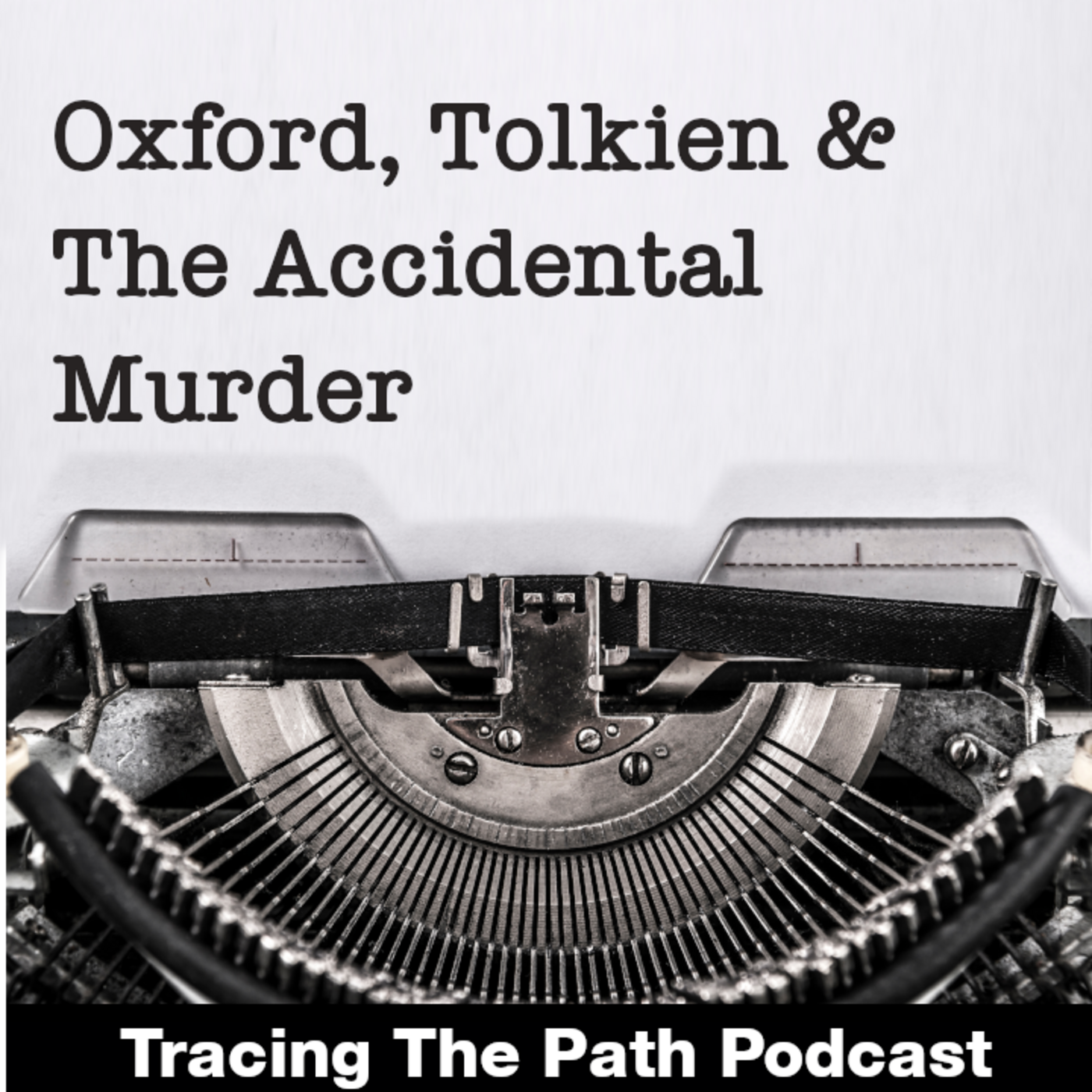 |
Oxford, Tolkein and the Accidental Murder Who knew what it would take to make a dictionary. |
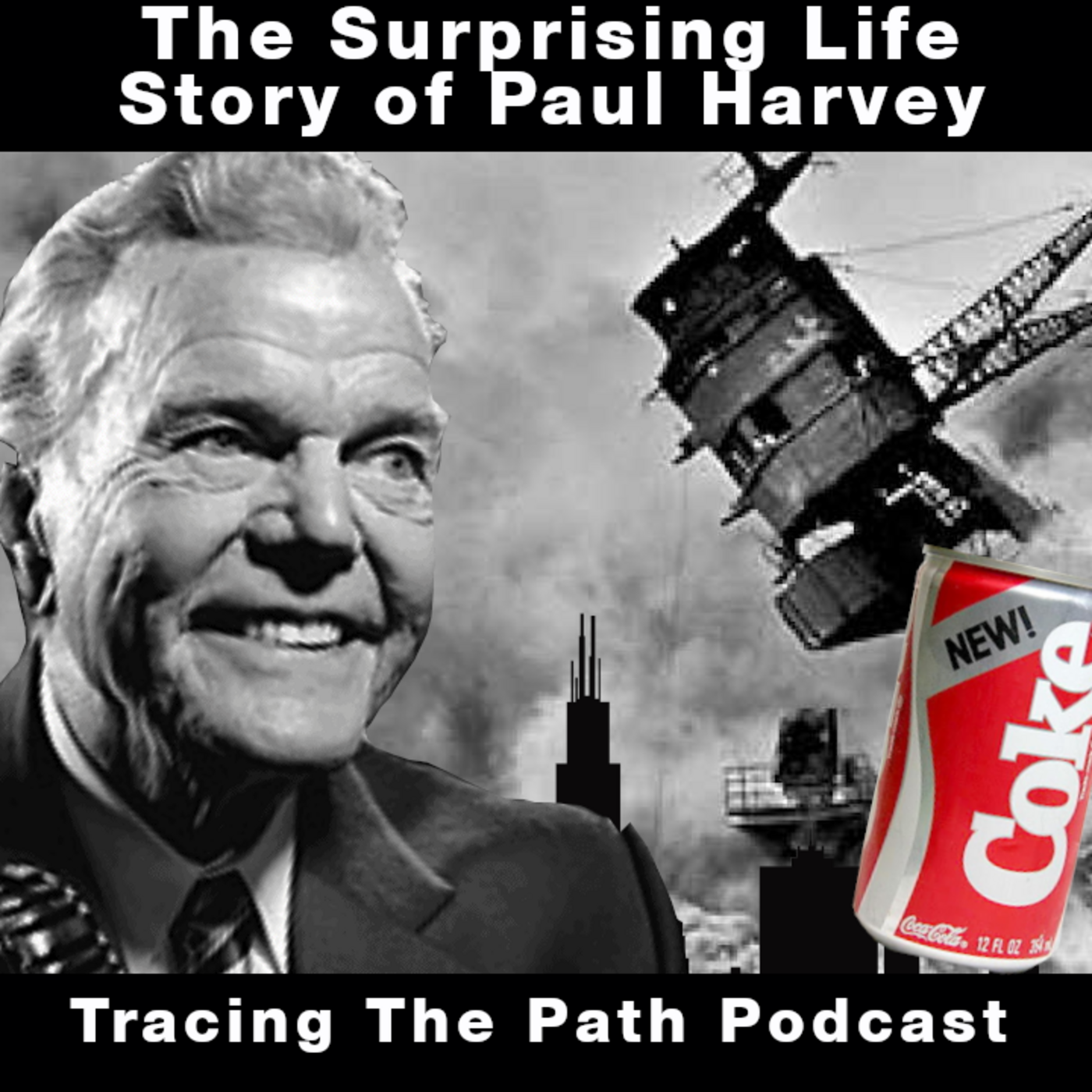 |
The Surprising Life Story of Paul Harvey Pearl Harbor, Pilot, Chicago and Coca-Cola; The World’s Most Prolific Radio Man |
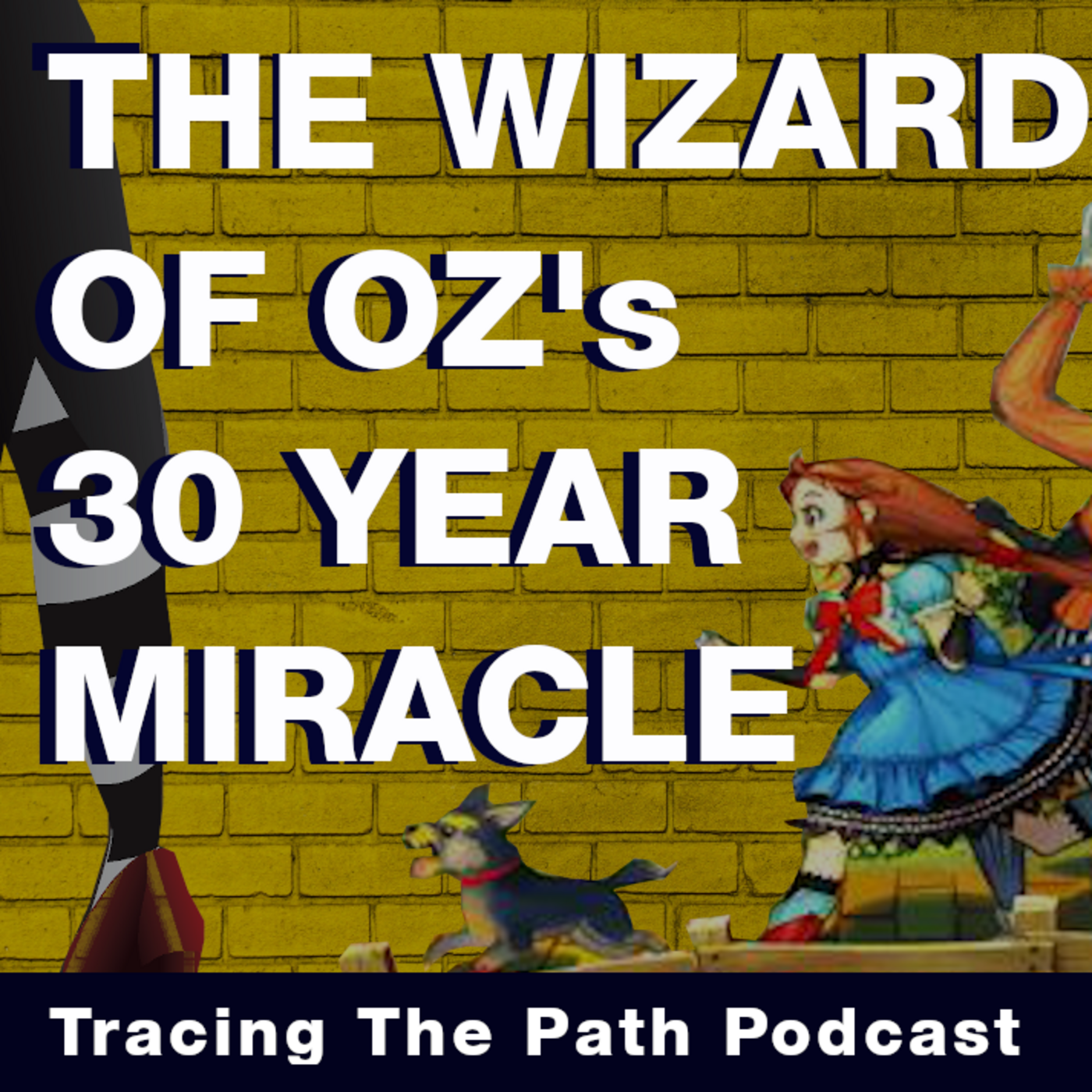 |
The Wizard of Oz’s 30 Year Miracle Beyond every American watching the Wizard Of Oz, this story has ties to Frank Lloyd Wright. |
SEE THE BIBLIOGRAPHY
SUBSCRIBE AND LISTEN (FOR FREE!)
RATINGS & REVIEWS
If you enjoy this podcast, please give it a rating and review.Positive ratings and reviews help bring Tracing The Path to the attention of other history lovers who may not be aware of our show.



